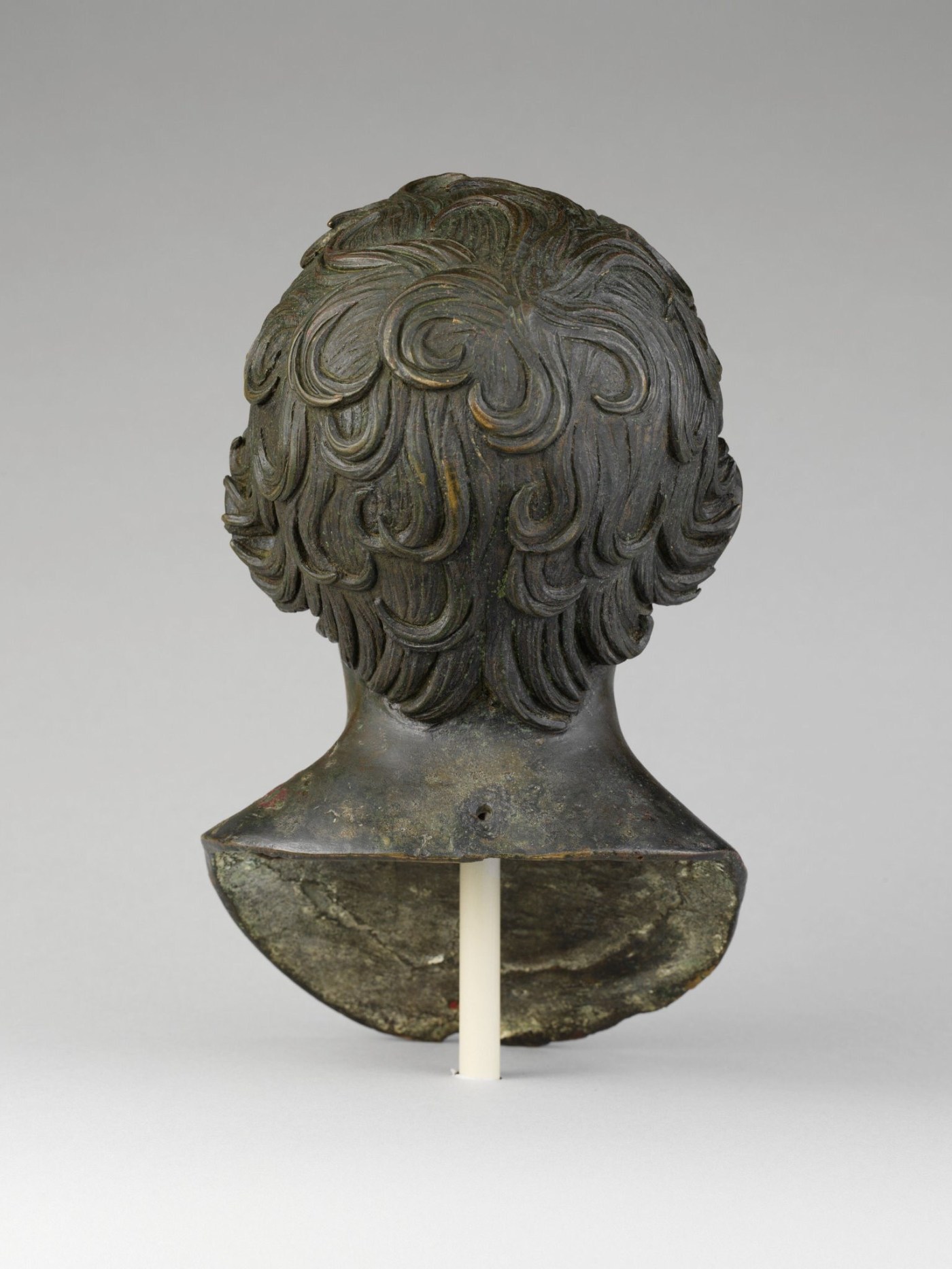The ancient blogosphere has been alive with excellent blog posts this week (is it an end-of-term thing? Must be). Two posts particularly caught my eye for their new perspective on well-known ancient objects.
In her post ‘A Reversed Perspective: Looking at Greek and Roman Art from Behind(s)’, Sarah Bond presents a round-up of some of the pictures presented on the #reversenotobverse hashtag on Twitter. This hashtag encouraged people to share their photos of the backs, sides or underneaths of ancient objects, resulting in some startling new perspectives on ancient art. Elaborate Roman hairstyles feature heavily, as do statues’ well-crafted bums. You also get to see the backstory (pun-intended) behind the art – both the tricks that sculptors used to get their statues to stay up, and the repairs and cataloguing done by many museums. I tried to submit some of my own photos (and many thanks to Sarah for including them), but it really made me realise how few photos I take of the backs of objects! The photo at the top of this post is from the Metropolitan Museum’s collection, and was posted by Gareth Harney, who also provided one of his own photos (linked below).
The second post that I particularly enjoyed this week was ‘Shake it till you make it: could votives have been used as rattles?‘ by Kristel Henquet on the Votives Project. This post looks at so-called votive wombs from ancient Italy, and explores the intriguing fact that many of them rattle – and no one is entirely sure why! Were they perhaps used in processions or some other rituals? Kristel’s description of going to the museum stores in Paestum and rattling all the terracotta wombs is fascinating – and I’m also very interested that sometimes she could hear two rattling items inside, and sometimes only one. Take a look at her post (and all the other posts) on the Votives Project website.


Leave a comment